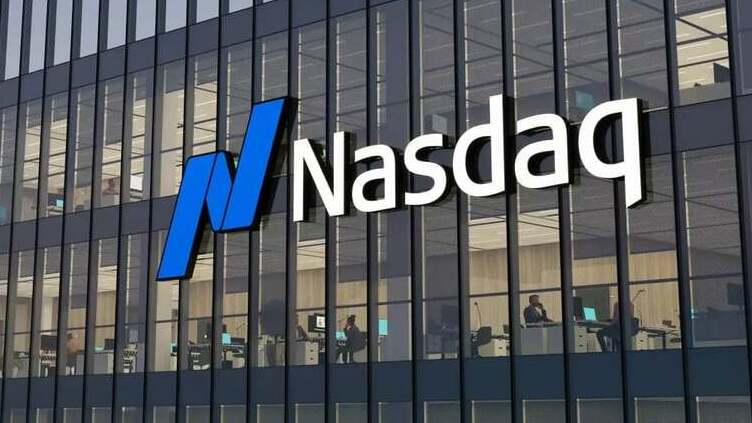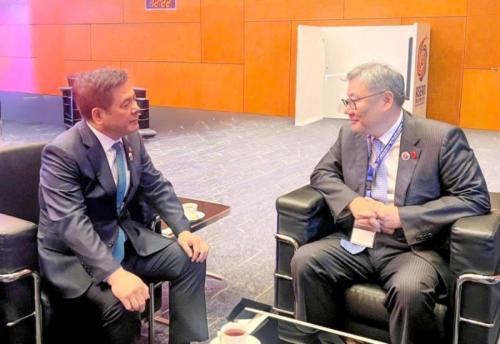HCMC partners with Nasdaq to develop int’l financial center
The Finance Department of Vietnam’s southern metropolis Ho Chi Minh City has signed an MoU with the U.S.-based stock exchange Nasdaq on the development of an international financial center (IFC).
Under the document, inked in New York on Friday, HCMC and Nasdaq will pursue a strategic partnership in governance, capacity building, cross-listing, and product development.
Vietnam is building an IFC located in both HCMC and Danang, an economic hub in the central region.
Under the MoU, the two sides will also share practical experience in regulatory framework building, operational mechanisms, risk management, product innovation, and international investment attraction.
Nasdaq will help HCMC with technology and technical services to support the development and operation of the IFC, along with personnel training, particularly in securities, bonds, derivatives, digital assets, and the carbon credit market.
The exchange will also help to enhance connectivity among financial communities in Vietnam, the U.S., and globally.
To implement the agreement, the two sides will establish a joint working group that meets at least twice a year. Once the HCMC IFC authority is established, it will take over the role of the Department of Finance to maintain the cooperation.
At an October 9 meeting with Robert McCooey, vice chairman of Nasdaq, Chairman of the HCMC People’s Committee Nguyen Van Duoc expressed his hope for comprehensive cooperation with Nasdaq, focusing on Nasdaq’s strengths in technology, global connectivity, and above all, its credibility and investor trust in mobilizing capital flows from around the world, according to HCMC’s news portal.
For his part, McCooey said he saw in HCMC - a young, dynamic metropolis and Vietnam’s economic hub - vast potential and genuine opportunities. He expressed his hope that the city’s IFC will evolve into a leading financial and technology hub in the region.
Vietnam will establish an IFC located in both HCMC and Danang city with unified management and development of separate products based their own strengths, following a resolution passed on June 27 by the National Assembly – the country’s legislature.
HCMC in the south is the country's biggest economic hub, while Danang is the heart of the central region in terms of economic and tourism aspects.
The IFC section in HCMC will house capital markets, banks, currency markets, testing mechanisms (sandboxes) on fintech, innovation in the financial sector, specialized trading floors, and new trading platforms.
The Danang section will develop green finance, apply financial technology, and promote digital services. The city will also test digital assets and digital currencies under control; promote payments; and attract investment funds, remittance funds, and small and medium-sized fund management companies.
On September 30, Danang signed an MoU with Frankfurt Main Finance on cooperation in developing the IFC.
Phil Wright, COO, HSBC Vietnam, in an analysis wrote that by embedding clarity, consistency, and collaboration into the foundations of its IFC, Vietnam can create not just another financial center, but a hub for innovation that connects Asia to the world.
Vietnam is one of Asia’s most dynamic economies. With a young workforce, strong digital adoption, and increasing foreign investment, it is well positioned to become an IFC, he noted.
Source: Chau Anh
Photo: Photo courtesy of IG Bank





